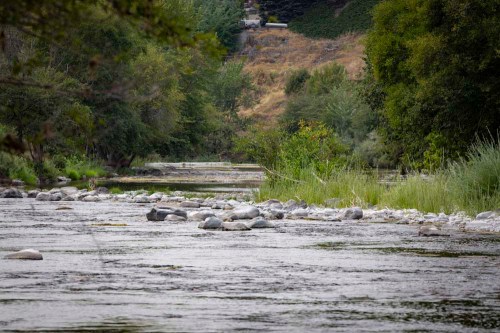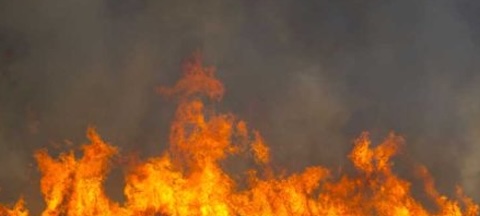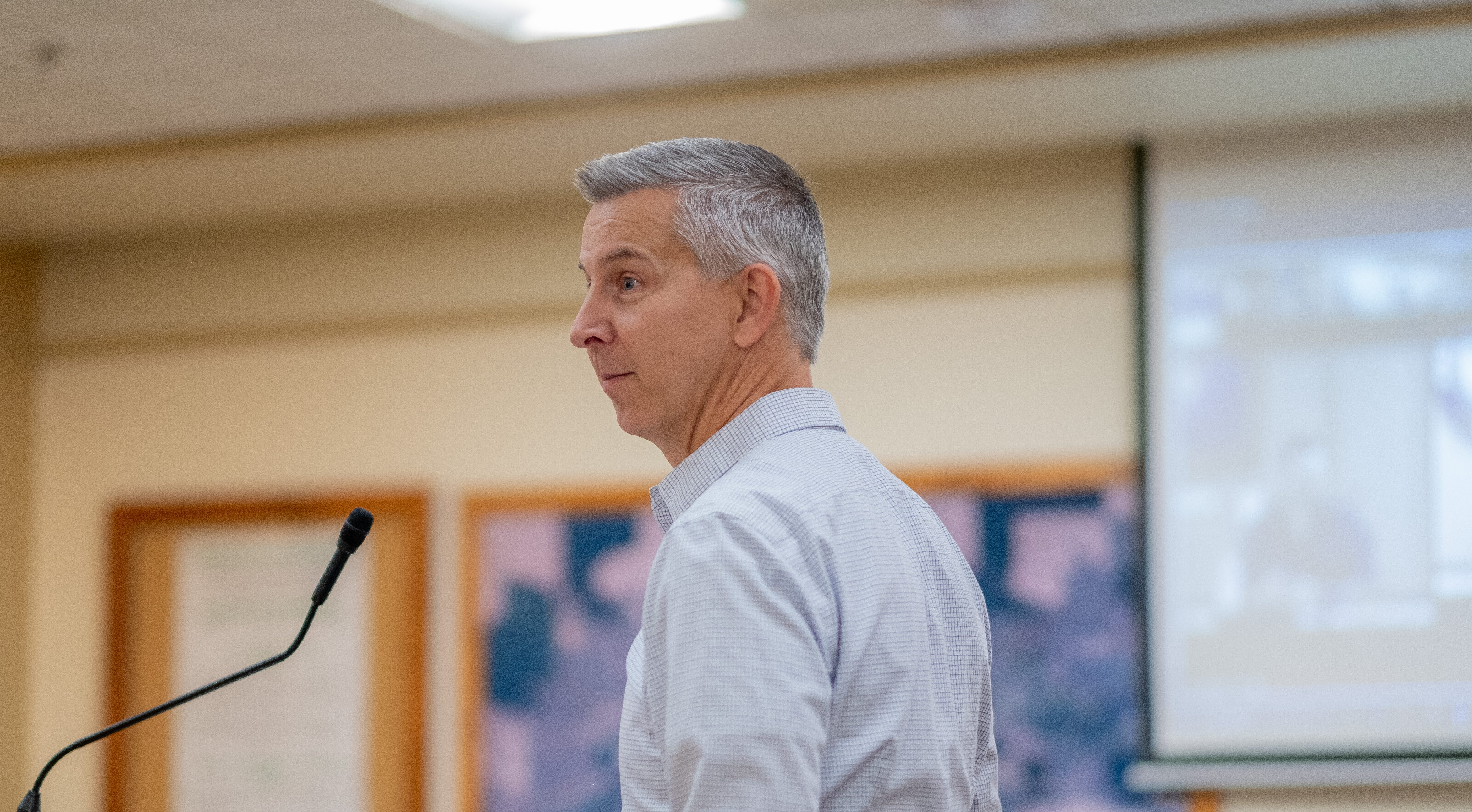EOC3 presentation details changes in Umatilla River levels, impacts on flooding events
Published 8:03 am Friday, August 21, 2020

- The Umatilla River winds through the east end of Pendleton on Monday, Aug. 24, 2020. Hydrological modeling suggests the river will undergo higher winter flows and more frequent and intense atmospheric events over the next century.
PENDLETON — Models suggest the Umatilla River will undergo higher winter flows and more frequent and intense atmospheric events like the one that brought historic flooding to the area in February, according to last week’s virtual presentation at the Eastern Oregon Climate Change Coalition.
The conclusion comes from Scott O’Daniel, a geographer with the Confederated Tribes of the Umatilla Indian Reservation, who presented findings from a hydrologic study via video conference on Tuesday, Aug. 18, to a group of local residents.
Trending
The modeling referenced the likelihood for more rain and less snow in the region, in addition to regional climate patterns for atmospheric rivers, which the National Oceanic and Atmospheric Administration defines as “relatively long, narrow regions in the atmosphere — like rivers in the sky — that transport most of the water vapor outside of the tropics.”
“There’s a wide consensus that the frequency and intensity of these atmospheric rivers will increase over the next century,” O’Daniel said.
These “rivers in the sky” carry precipitation and storms with them from the Pacific Ocean, through the Columbia River Gorge and sometimes down from Washington into the Umatilla River Basin.
Referencing data from the U.S. Geological Survey, O’Daniel said the February flood was underscored by a slow-moving atmospheric river that was oriented up the basins of the Umatilla and Walla Walla rivers.
“This resulted in much more intense rain and consequently higher flows,” he said.
For Umatilla County and its residents, that resulted in millions of dollars in property and infrastructure damage and the death of one woman.
Trending
O’Daniel highlighted that these changes in atmospheric rivers will combine with changes in precipitation, which is predicted to generally increase on a per year basis with wet months expected to be wetter and dry months expected to be dryer.
“While the yearly average precipitation is likely to increase by the end of the century, much of it will be in the form of rain rather than snow,” O’Daniel said.
The models suggest these changes for the Umatilla River and others, like the Walla Walla and John Day rivers, will lead to more fluctuation in stream levels, which mean higher highs and lower lows.
These changes are ultimately expected to have widespread impacts on native fish species and other aquatic animals in the region, O’Daniel said, specifically Chinook salmon.
O’Daniel noted in his presentation that species of salmon have adapted to harsh environments in the past, including being reestablished in once-inhospitable areas like the Toutle River following the eruption of Mount St. Helens in 1980.









